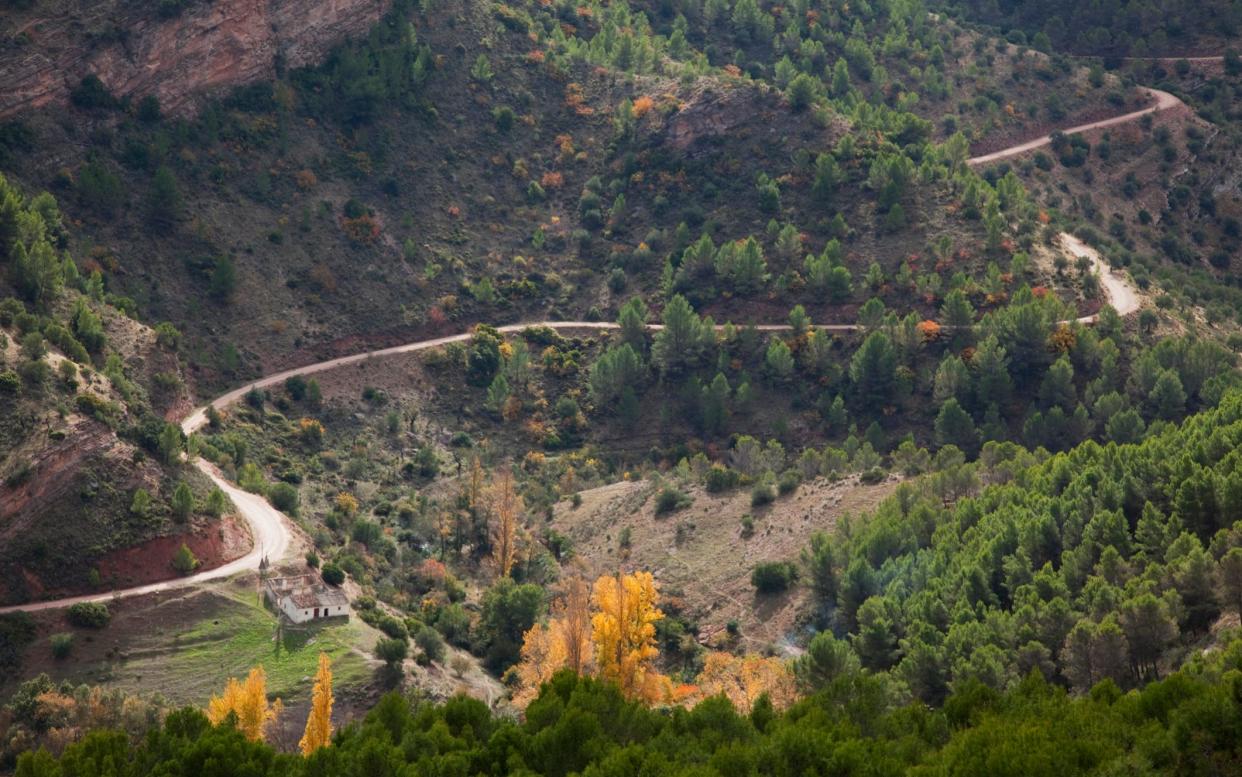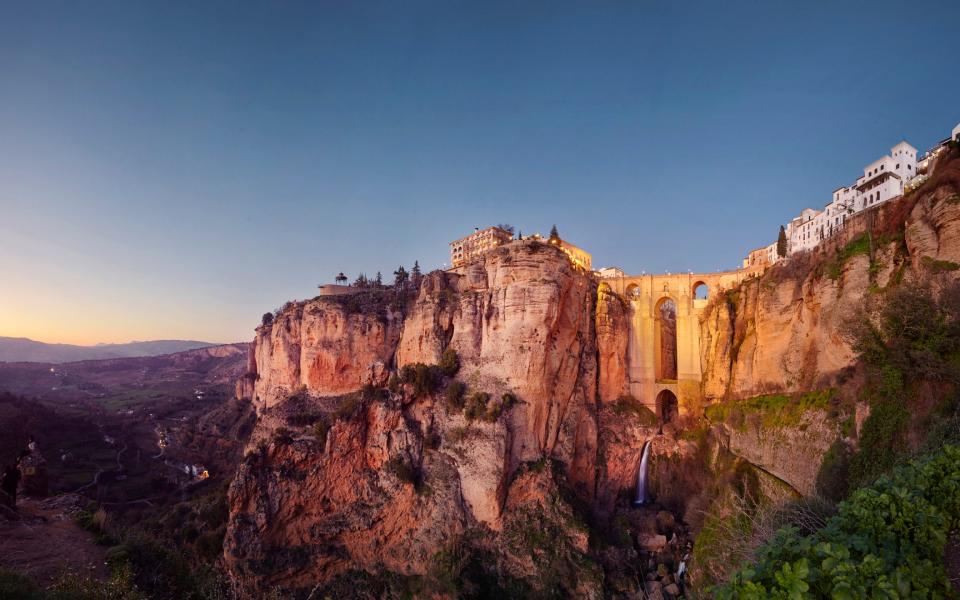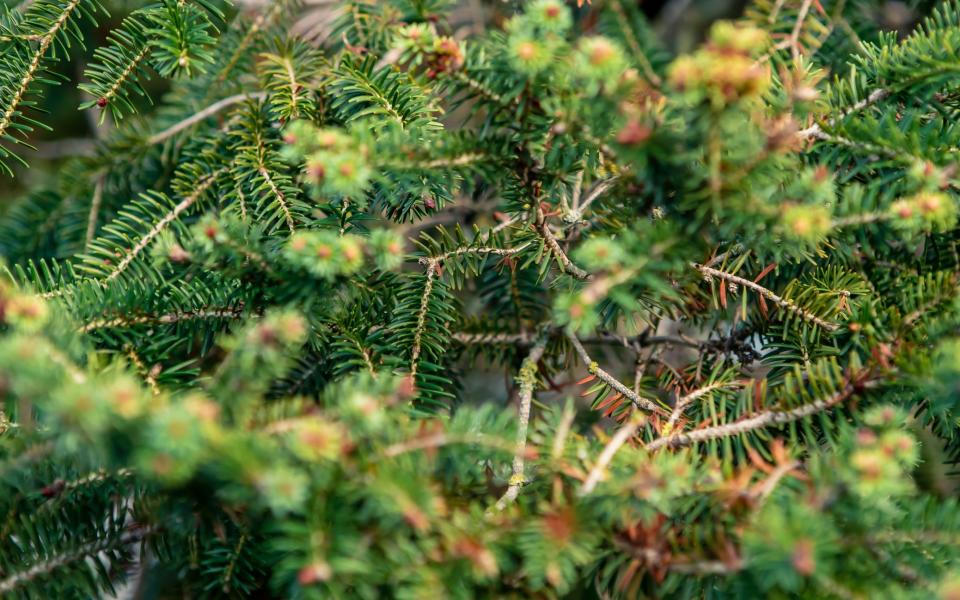Introducing Spain's newest national park, home to soaring mountains and pretty villages

Andalucia will get its third national park this year when Sierra de las Nieves in Malaga province finally gets official approval after being delayed by the pandemic and the usual red tape. It looks like mañana will now actually come and these limestone mountains north of Marbella and east of Ronda are finally going to get the recognition they deserve. This will be the 16th national park in Spain and the third in Andalucia, joining the Sierra Nevada in Granada and the Doñana wetlands that straddle Huelva and Seville provinces.
The area, which is part of the Serranía de Ronda range, is currently classified as a natural park and has been a Unesco Biosphere Reserve since 1995. The national park designation brings with it much stricter environmental protection plus investment in infrastructure to make it easier for visitors to explore the mountains. Hiking, cycling and horse-riding routes are being improved in readiness and the park is also great for activities such as birdwatching, climbing, abseiling, canyoning, potholing and kayaking. You’ll come across plenty of pools, streams and waterfalls for exhilarating secret dips too.

Being only around an hour’s drive from the resorts along the Costa del Sol – along the dramatic old road that winds up to Ronda from the coast – makes the Parque Nacional Sierra de las Nieves an easily doable day trip if you fancy getting away from the beach.
If you want to focus your holiday on the national park, however, it is surrounded by a string of pretty whitewashed towns and villages – such as Istán, Ojén, Monda, Tolox, Yunquera and El Burgo – where there are small hotels as well as villas and apartments to rent. The impossibly atmospheric hilltop town of Ronda would also make a wonderful base.

In the heart of the park is the Pico Torrecilla, the highest point at 6,296 feet, just ahead of Cerro de Plazaletas (6,168 feet) and Cerro de Alcazaba (5,617 feet). Where there are peaks there are also gorges and chasms of course, including one here that plunges to a dizzying depth of more than 3,300 feet.
The area of around 80 square miles is largely uninhabited, which has enabled unusual species of flora and fauna to survive. One of the key reasons for winning national park status is the existence of pinsapo trees. These Spanish firs (abies pinsapo) were discovered in the Sierra de las Nieves by the Swiss botanist Edmond Boissier in 1837 when he was exploring southern Andalucia. The species dates back to the Tertiary Period – which began around 66 million years ago and lasted until 2.6 million years ago – and is only found in a couple of other places in Andalucia and in the north of Morocco. This is by far the largest group in existence and several are hundreds of years old. The most famous, known as La Escalereta, is thought to be more than 500 years old and is 85 feet tall. Other trees in the park include Aleppo pine, Phoenician juniper, wild olive, maple, chestnut, ash, holm and cork oak.

The Sierra de las Nieves is also home to one of Andalucia’s largest populations of ibex, and you might also see mouflon, roe deer, wild cats, otters and even a sort of mongoose if you are very lucky. Entering the park from the north, look out for griffon vultures and Bonelli’s and golden eagles. You are also likely to spot peregrine falcons, goshawks, sparrowhawks, woodpeckers and choughs. Looking down, orchids, cistus and heather are just a few of the flowers that carpet the hillsides.

The name Sierra de las Nieves means ‘mountain range of the snows’ and the higher points do indeed get covered with snow in winter, which used to be collected in wells and stored to be used in summer and to preserve food. Quite a few of the wells still exist and hopefully more of them will be restored as part of the new national park initiatives.
The Romans recognised the beneficial properties of the water in the area and fortunately you can still wallow your aches and pains away at the end of a day of exertion at the thermal spas in Tolox and Carratraca. The water is rich in sulphur and is supposedly good for respiratory problems, particularly asthma. You never know, it may even help those recovering from Covid, but a few days exploring these mountains would improve anyone’s physical and mental health.

